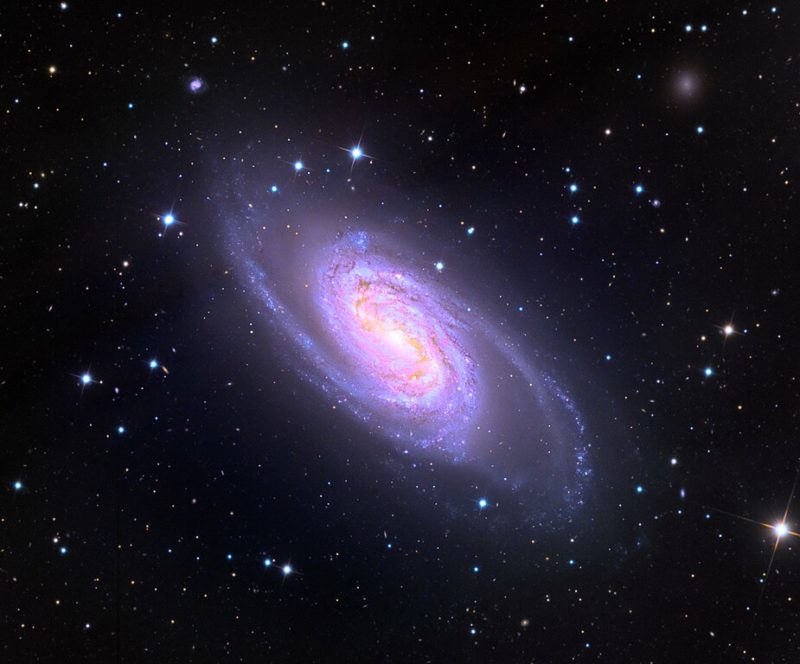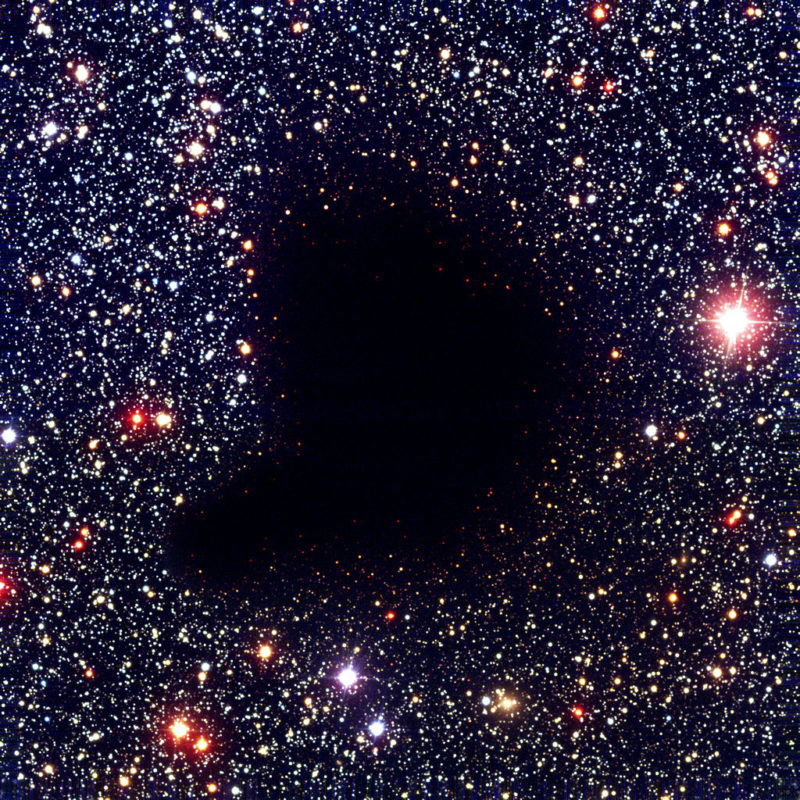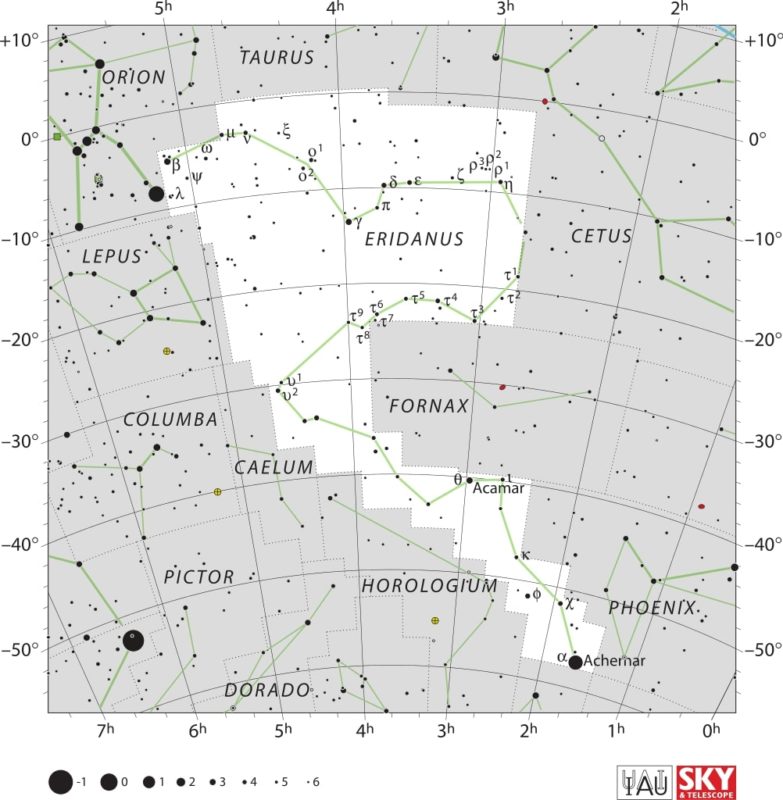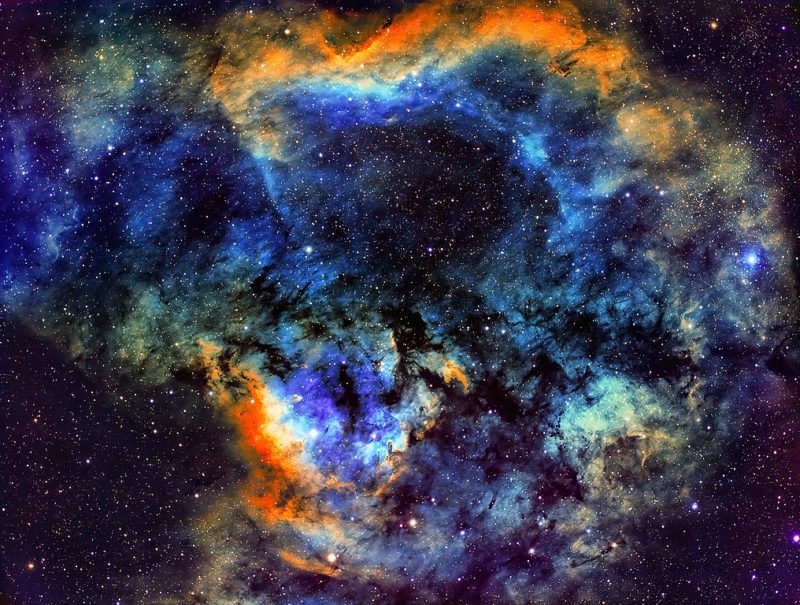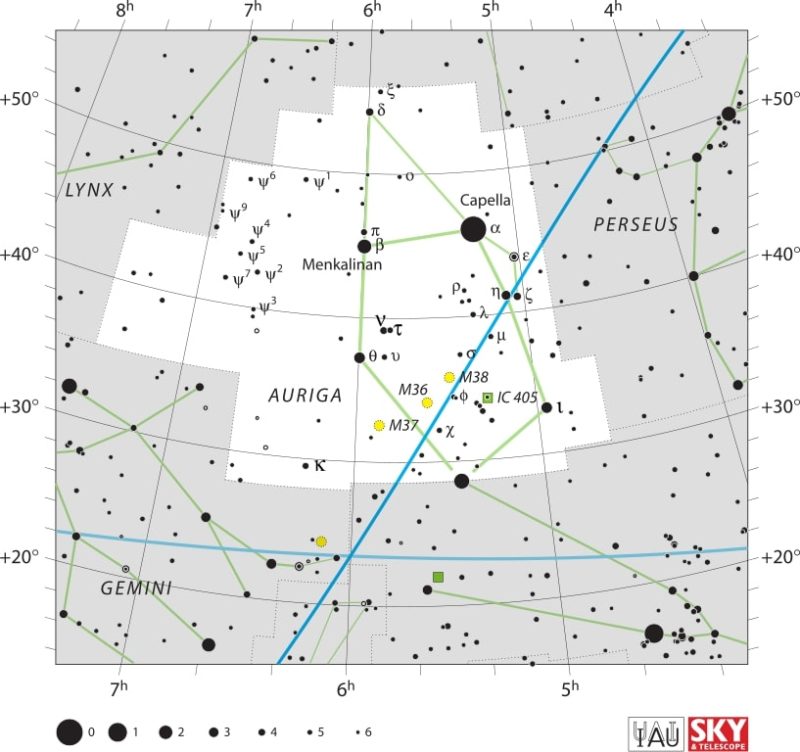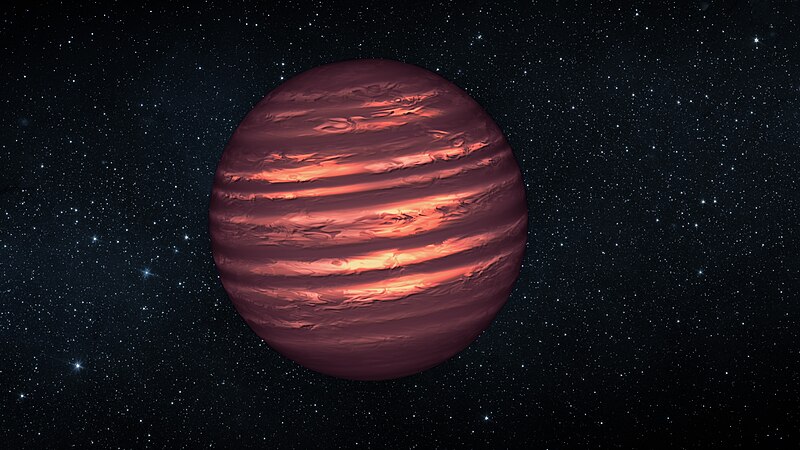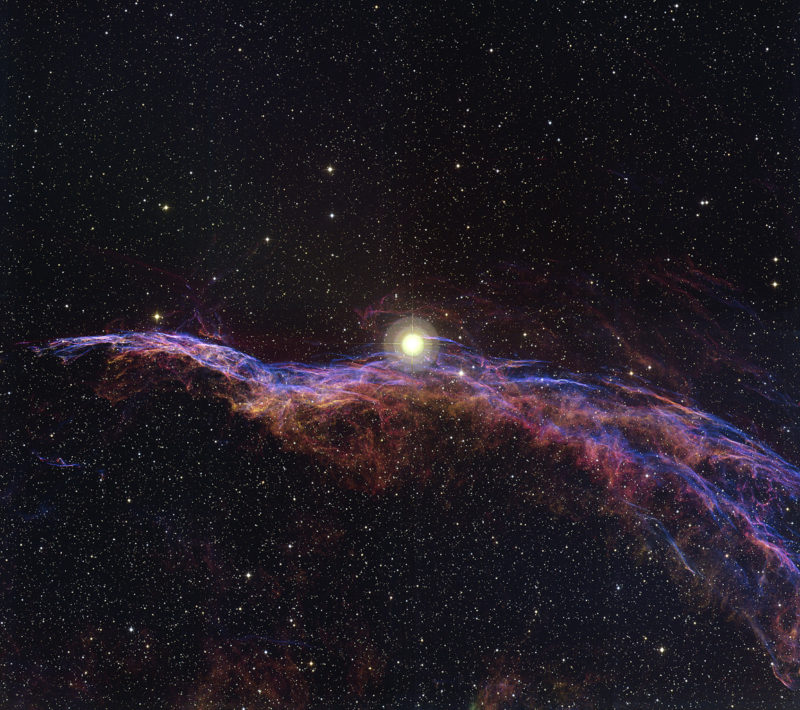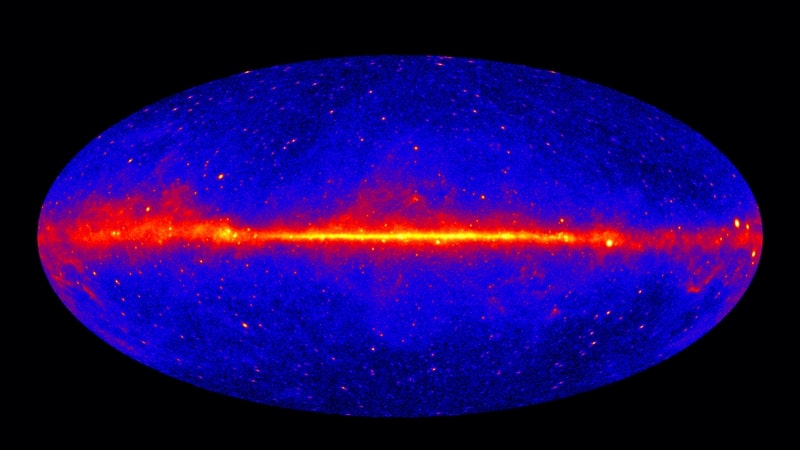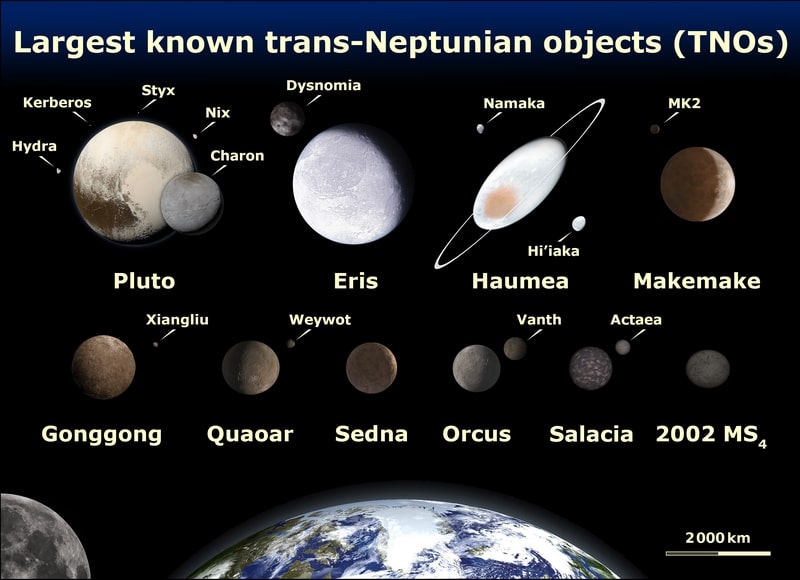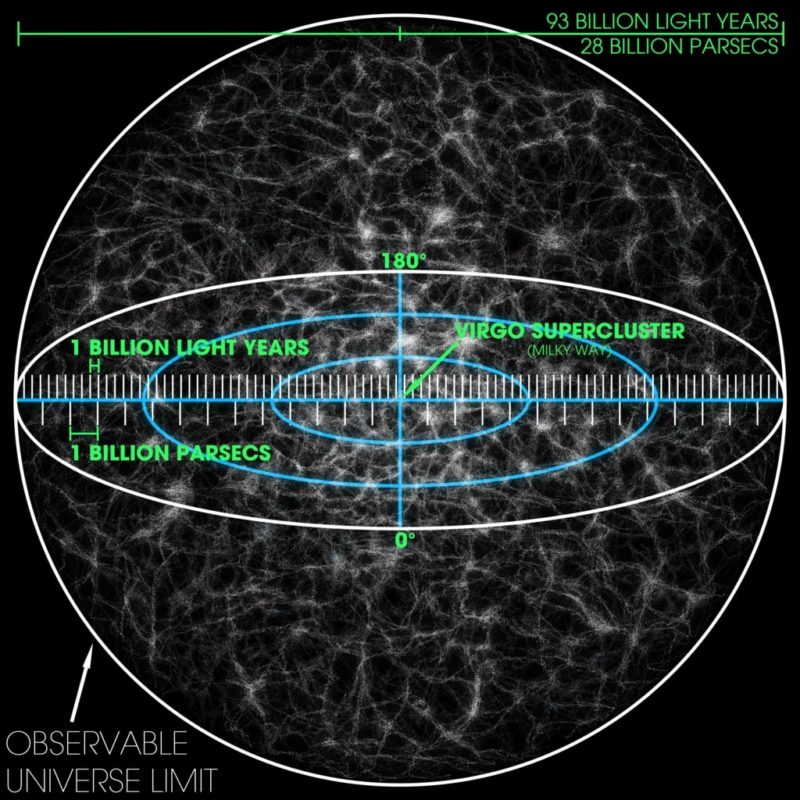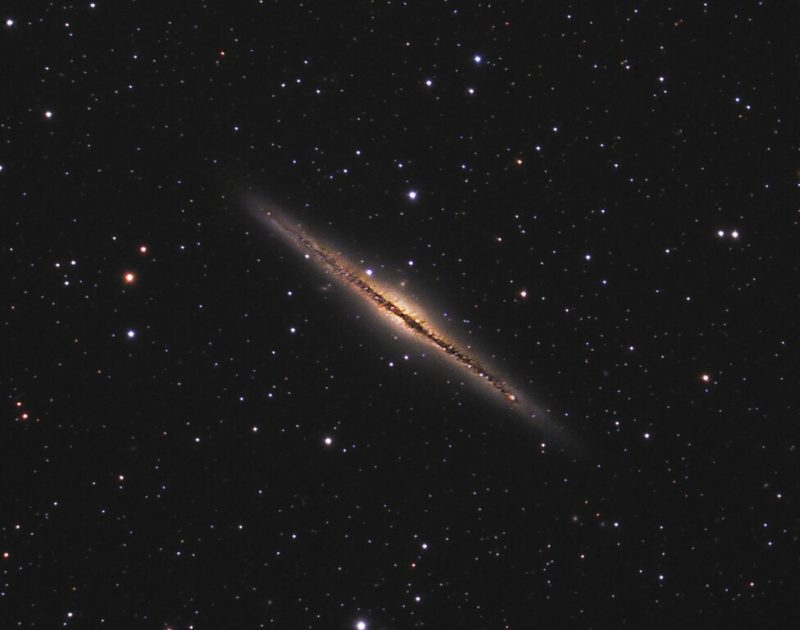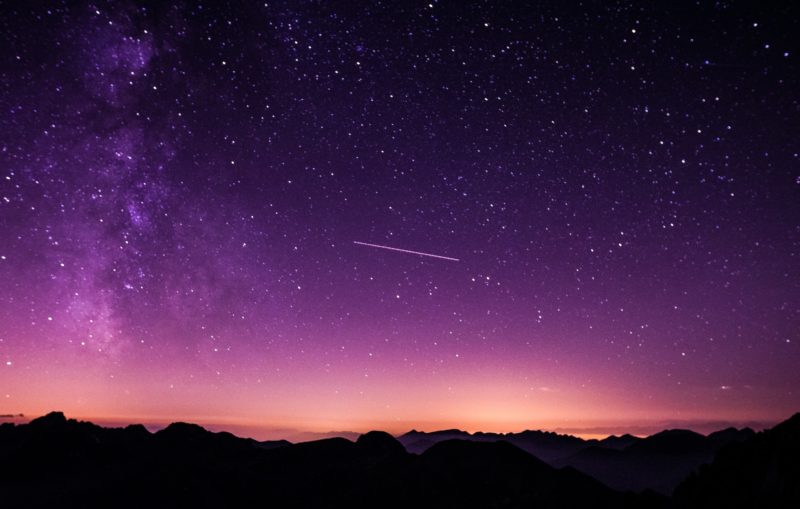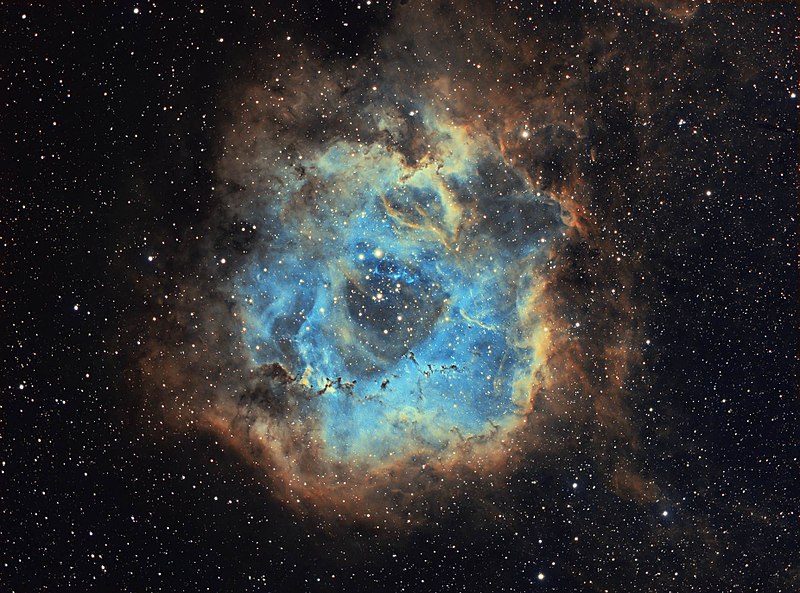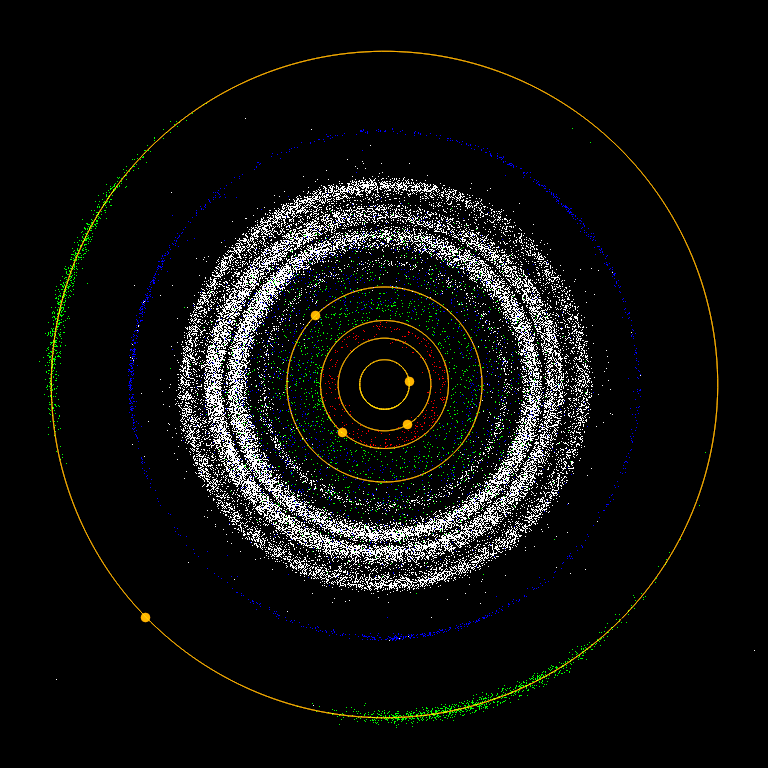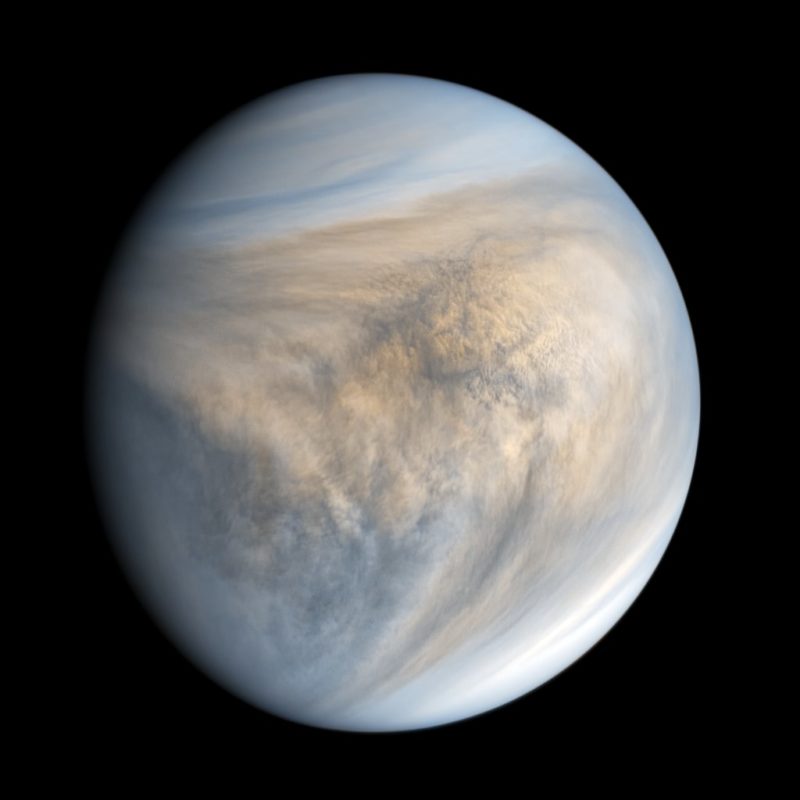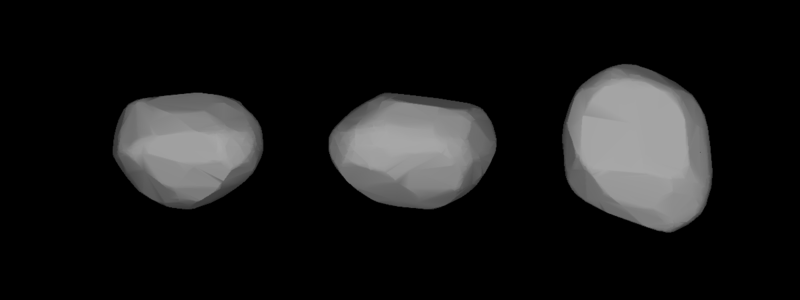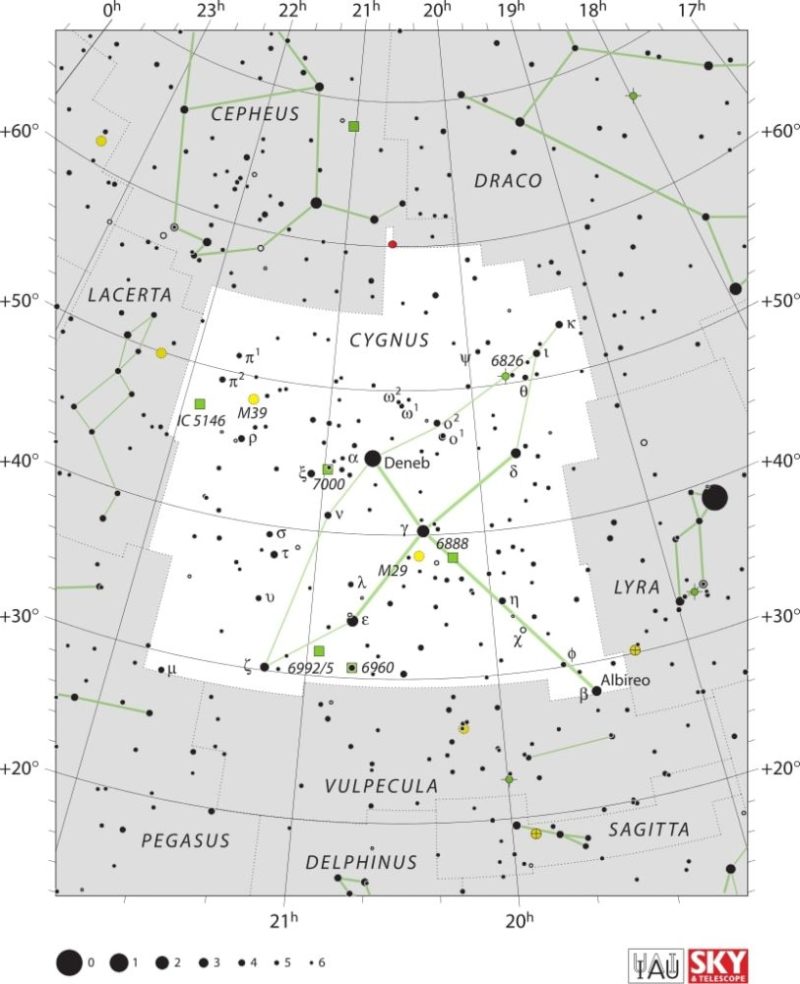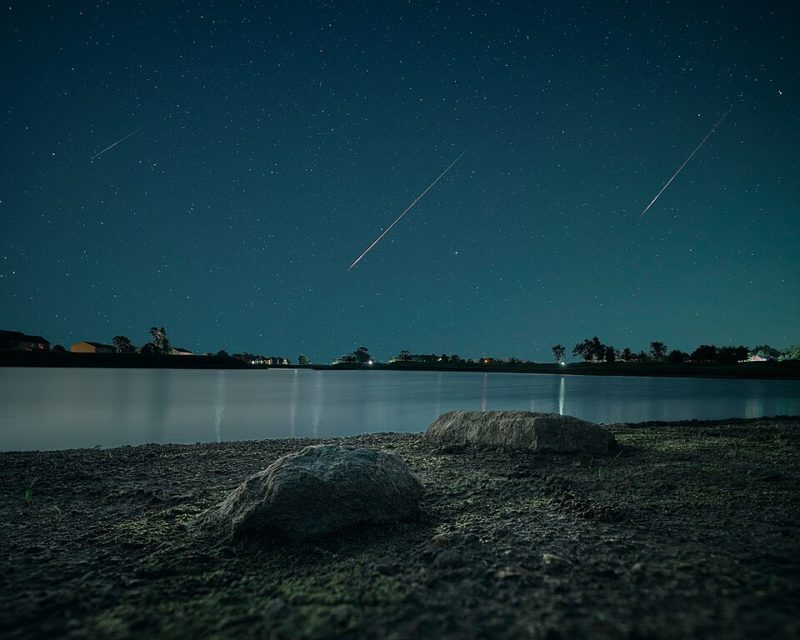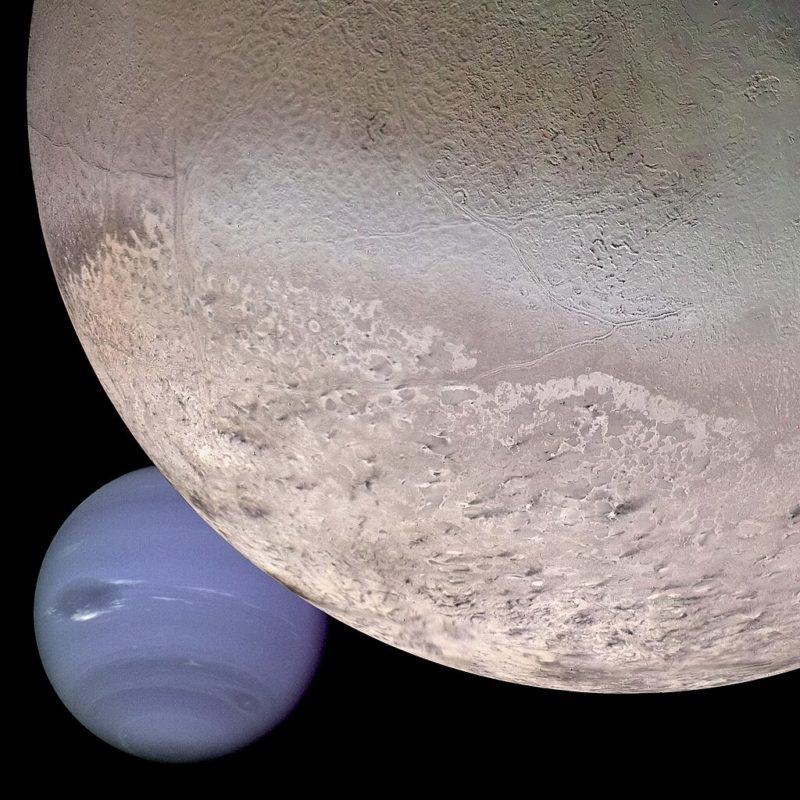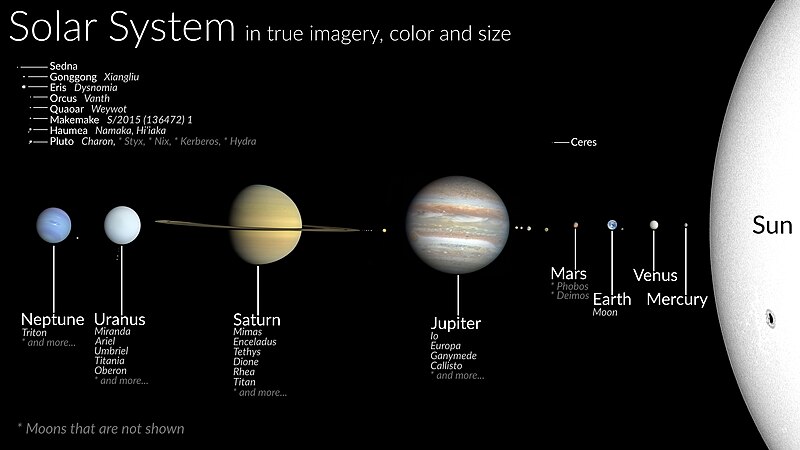Space
Embark on an astronomical journey. Explore the cosmos, study celestial objects, and unravel the mysteries of the universe through astronomy's fascinating realm.
NGC 2903: A Glimpse into the Barred Spiral Galaxy
NGC 2903 is a captivating barred spiral galaxy in Leo. Discovered in 1784, it's a remarkable cosmic wonder inspiring awe and scientific curiosity.
What Is a Bok Globule?
Bok globules, named after astronomer Bart Bok, are dense, dark clouds of gas and dust often a light-year across that can lead to star formation.
Nu Eridanid Meteor Shower Guide
Discover the Nu Eridanid meteor shower peaking on September 6. Learn viewing tips, best times, and how to spot these swift, faint meteors.
NGC 7822: A Cosmic Question Mark
NGC 7822, a cosmic question mark, is a star-forming wonder. Its stunning structure, hosting one of the galaxy's hottest stars, offers spectacular visuals.
Aurigid Meteor Shower: Observation Tips
Experience the Aurigid meteor shower peaking August 31, with bright, fast streaks from comet Kiess. Best viewed under dark, moonless skies.
Brown Dwarf Atmosphere: Probing the Skies of Failed Stars
Brown dwarf atmosphere research reveals exotic molecules, fierce storms, and new insights into mysterious worlds between planets and stars.
NGC 6960 – The Witch’s Broom Nebula
NGC 6960 or Witch's Broom Nebula is a striking supernova remnant. Its beauty captures scientists and stargazers, offering insights into cosmic evolution.
What Is the Extragalactic Background Light and Why Does It Matter?
The extragalactic background light reveals the universe’s history, galaxy evolution, and cosmic structure, offering clues to our place in the cosmos.
Trans-Neptunian Objects: Wonders of Our Solar System’s Periphery
Discover the types of trans-Neptunian objects, from the Kuiper Belt to the Oort Cloud, and their role in our solar system’s formation and evolution.
What Is the Hubble Volume?
Explore the enigmatic Hubble Volume and its role in defining cosmic boundaries. Discover its expanding realm within our observable universe.
NGC 891: A Close-Up Look at the Silver Sliver Galaxy
NGC 891, the Silver Sliver Galaxy, in Andromeda, captivates astronomers due to its edge-on spiral structure, revealing mysteries worth exploring.
Light Pollution Solutions
Explore light pollution solutions to help amateur astronomers reduce skyglow and enjoy clearer, darker night skies from home or remote locations.
Unveiling the Majestic Beauty of the Rosette Nebula
The Rosette Nebula in Monoceros is a vast star-forming region, famed for its brilliant colors, intricate filaments, and awe-inspiring cosmic beauty.
Where Are Most Asteroids Found?
Asteroids, fascinating celestial objects, are primarily found in the Main Asteroid Belt between Mars and Jupiter, as well as near-Earth and Trojan orbits.
Why Is Venus the Hottest Planet?
Discover why Venus, not Mercury, is the hottest planet in our solar system. Uncover the factors that contribute to Venus's extreme temperature.
The Fascinating World of Asteroid 511 Davida
Discover the intriguing asteroid 511 Davida. Explore its origin, characteristics, and the significance it holds for our understanding of the cosmos.
Kappa Cygnid Meteor Shower Viewing Guide
Discover how to watch the kappa cygnid meteor shower this August. Get tips for spotting these faint, slow meteors under dark, clear skies.
Stargazing Calendar for August 2025
Explore top celestial events for stargazing in August 2025, featuring asteroids, planets, and meteor showers to brighten your astronomy experience.
Why Do We Think Triton Is a Captured Moon?
Triton's orbit and composition suggest it's a captured moon, revealing clues about moon formation and the solar system's dynamic history.
What Separates the Inner and Outer Solar System?
Explore what separates the inner and outer solar system, from rocky planets to gas giants. Uncover their unique features and ongoing exploration.

